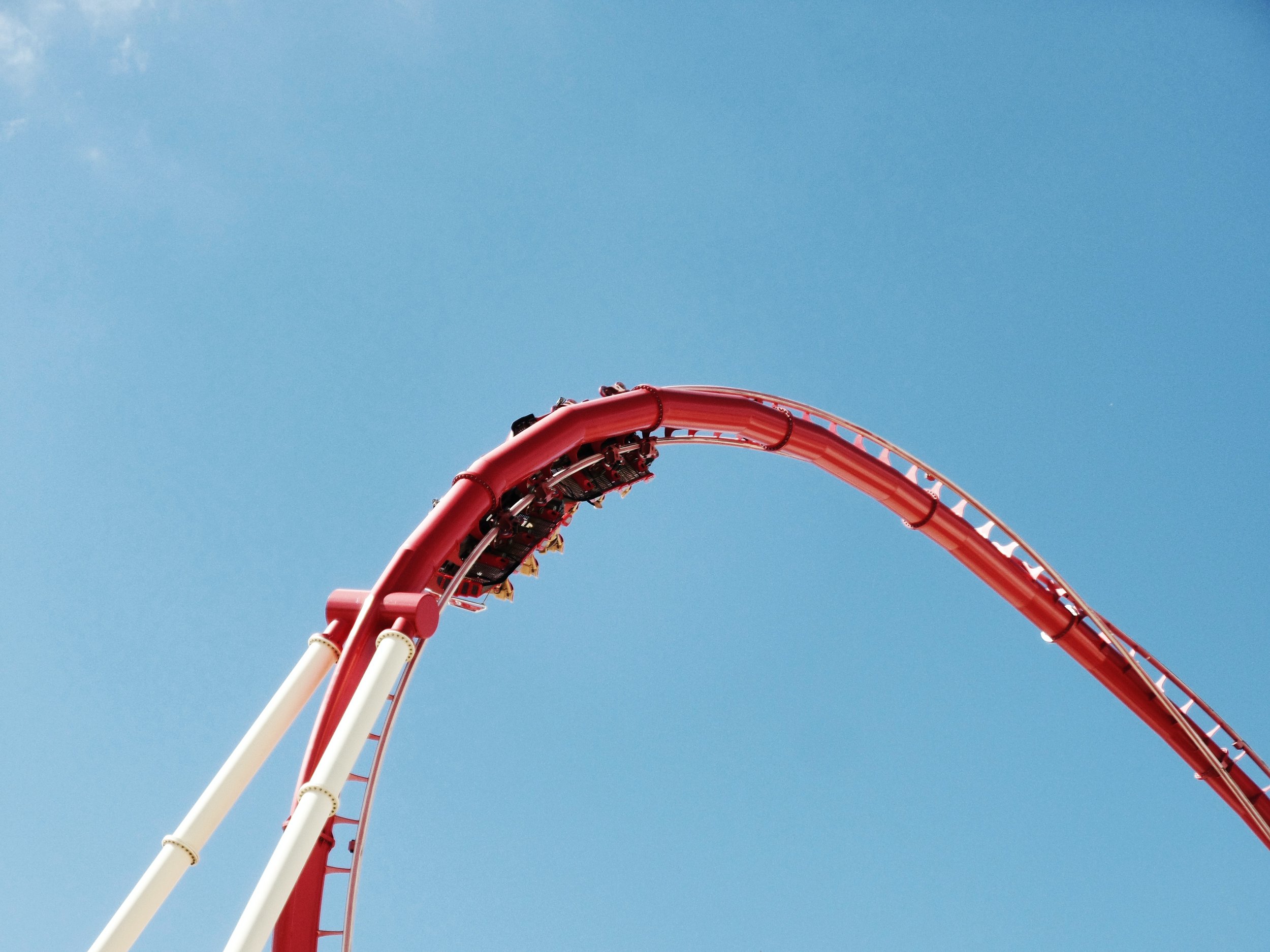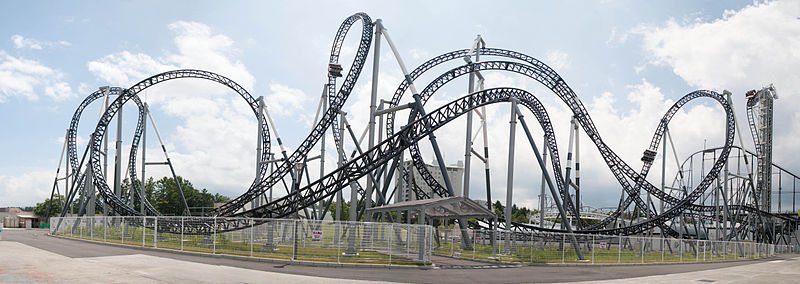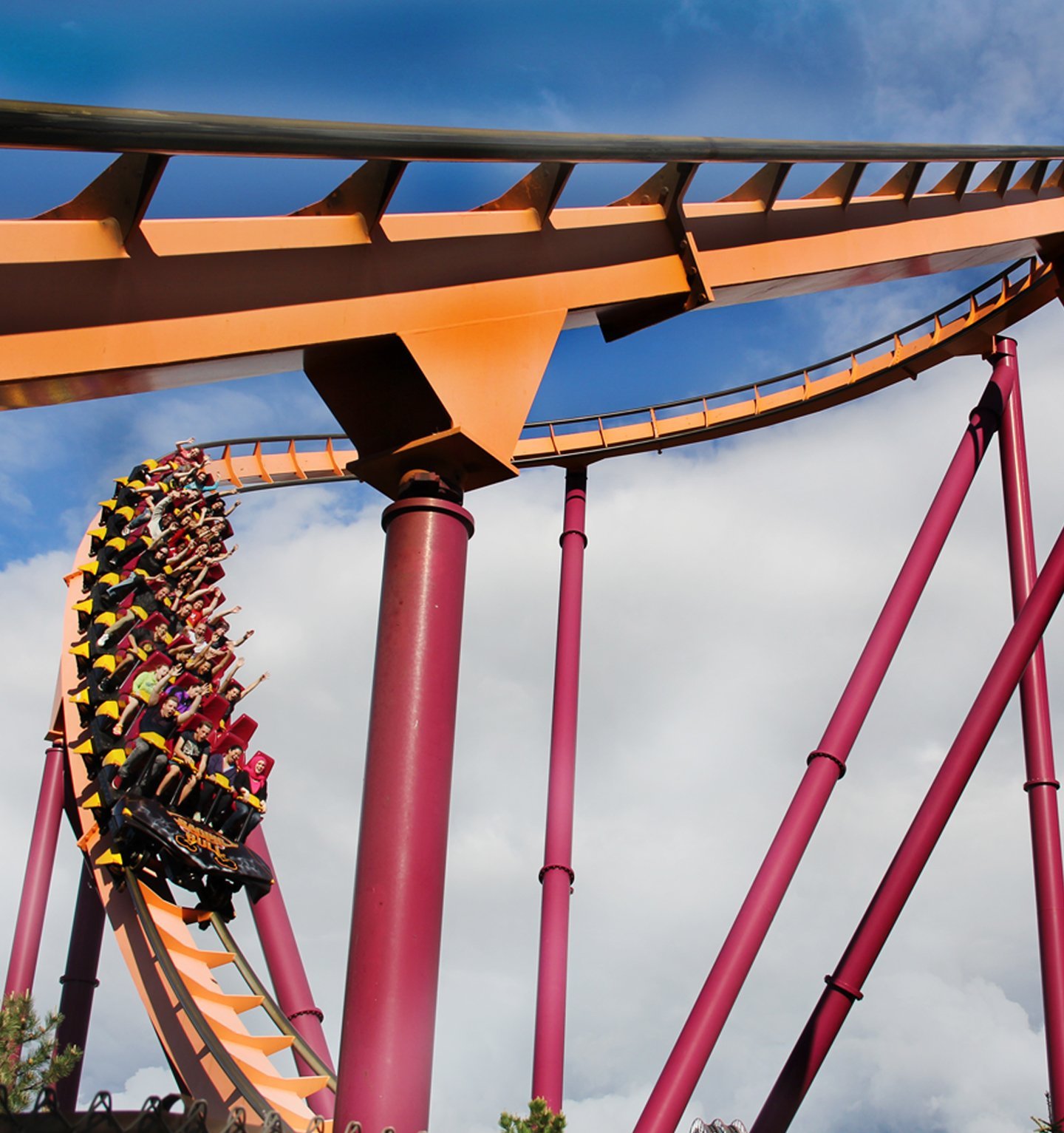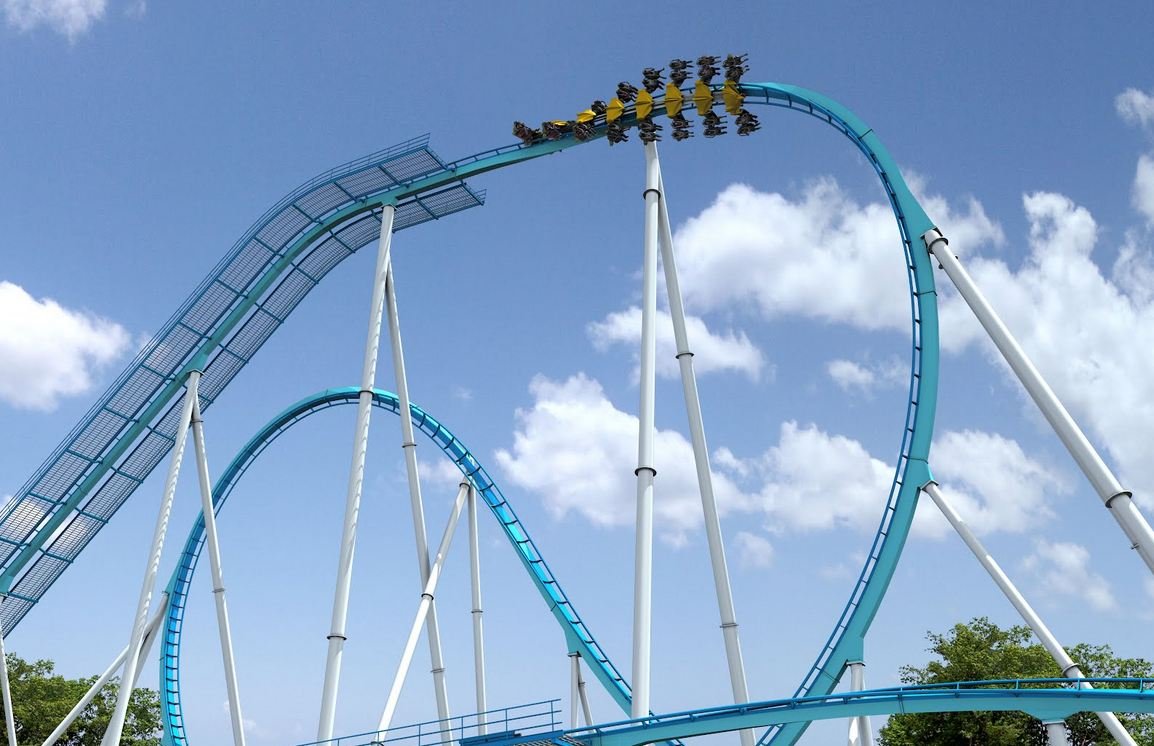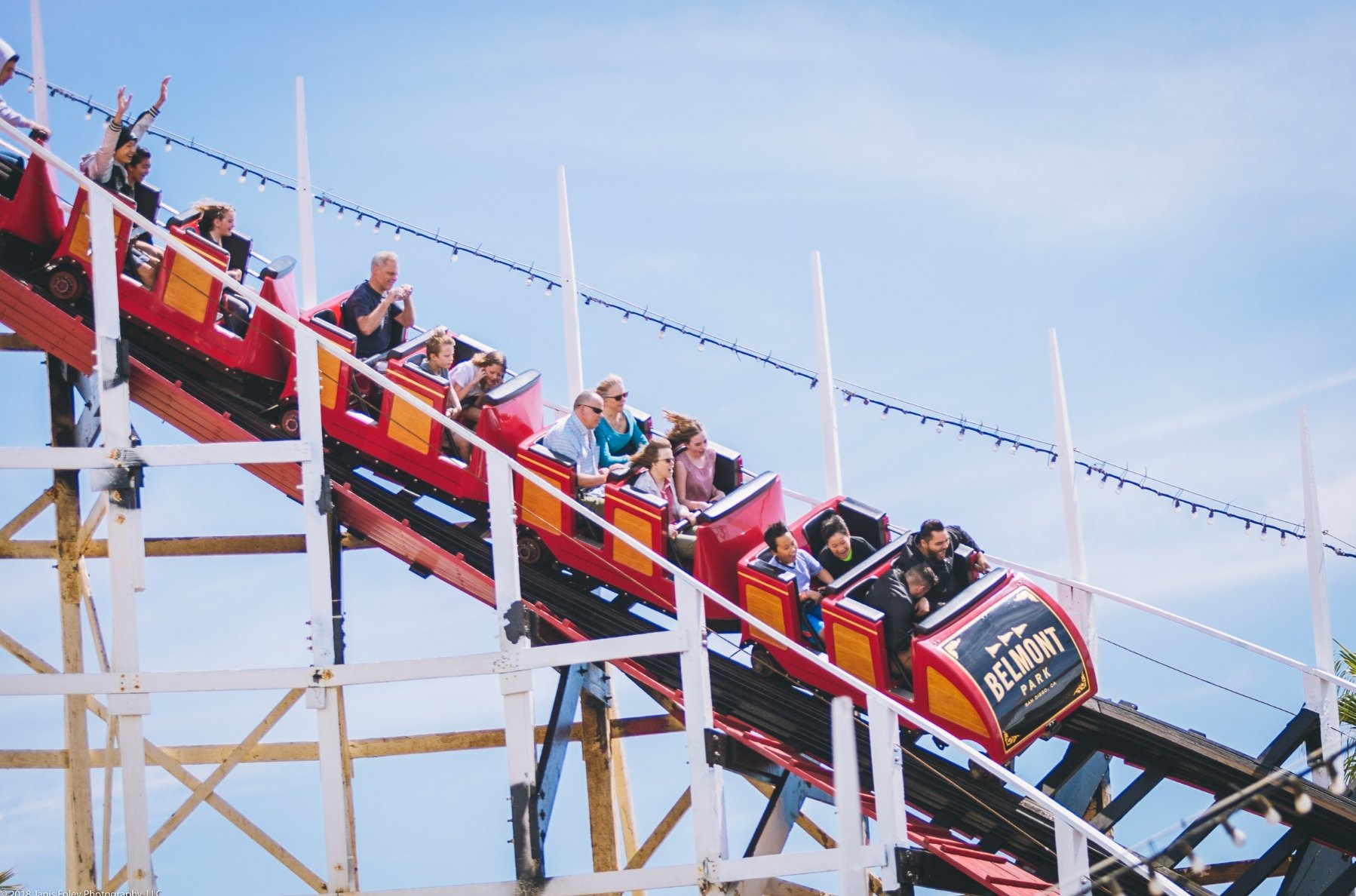Loops, Drops & Dips: Beltim's Favorite Roller Coaster Designs
Buckle up; let's have some fun!
The first roller coaster opened in Coney Island on June 16, 1884. It was an instant success, and by the turn of the century, roller coasters had become a staple of American entertainment. Since then, roller coasters have been designed to push the limits of human tolerance, subjecting thrill-seekers to stomach-churning upside-down turns and bloody noses.
Engineering has come a long way. Coaster designers no longer have to rely on pen and paper to design risky thrill machines; they now couple computer software, physics, and psychology to eye-catching thrilling rides.
Here’s a breakdown of Beltim’s favorite roller coaster designs.
1. Takabisha, Fuji-Q, Fujiyoshida | Japan
Located in the Fuji-Q theme park, Takabisha is a hell-raiser of a roller coaster. It’s a Gerstlauer Euro-Fighter steel roller coaster that’s 1000m long which begins with an unexpected drop into pitch-black darkness.
With the world’s ever recorded steepest drop angle of 121 degrees, this amazing coaster treats riders to an excellent view of Mt. Fuji. For pure, twisted fun, the Takabisha ride is launched by linear motors to hit a speed of 62mph in two seconds, at which point it pauses before a 43m dramatic drop. It then exits into a large inverted top hat before going into a banana roll.
Towards the end, the ride is slowed by a set of block brakes before going back into the station building. As the world’s steepest roller coaster, Takabisha is truly an engineering marvel.
2. Raging Bull, Six Flags Great America | Illinois
Named after the ferocious beast, the Raging Bull is built to terrorize and thrill. It's a steel roller coaster with a track length of over 5000 feet designed to hit a maximum speed of 73 mph. If you’ve ever wanted to ride a rodeo bull, then this is the ride for you.
It's a hyper-twister roller coaster that interweaves within itself. With its inclined loops and sideless trains, the Raging Bull is not for the faint of heart. After exiting the train station, the train ascends a lift hill until it reaches the 62m peak before it plunges into a tunnel. Dropping off the mid-course brakes, the ride makes a three-quarter turn, wraps into the first drop, and dives into an 8-figure turn before its final brake run into the station.
3. GateKeeper, Cedar Point | Ohio
The GateKeeper is a coaster that breaks seven world records. It's a high-speed, wing looping coaster that will make you experience weightlessness and rapid side-to-side movements.
To construct the GateKeeper, approximately 200 footings were dug, each 6ft deep. With its two support towers within which the trains travel through, the structure necessitates great foundational footing. As a result, the GateKeeper used about 12 million pounds of concrete in its construction and installation to give thrill-seekers a full-circuit ride like none other.
As the longest, fastest Wing Coaster ever built, the GateKeeper is a titan among coasters.
4. Giant Dipper, Belmont Park | California
Unlike the aforementioned steel structures, the Giant Dipper is a wooden roller coaster that’s designed to reach a height of 70ft and a speed of 55mph. At the time of its construction in 1908, the Giant Dipper was the longest roller coaster in the United States.
This historic coaster gives riders a thrill similar to plunging down a mineshaft in addition to the twists and turns of airplane acrobatics. Constructed with 327,000ft of lumber and almost 750,000 nails, the ride hasn’t been modified much since its debut in 1908 – a testament to the strength and durability of its design.
5. Thunder Dolphin, LaQua Amusement Park | Tokyo
Going back to Japan, the Thunder Dolphin is a towering structure that spans over 3,500ft. Made out of steel, the Thunder Dolphin includes an 80-degree vertical angle and is designed to reach a speed of over 80mph.
What’s amazing is that the LaQua Amusement Park wasn’t built with the megacoaster in mind. Instead, the engineers involved in its construction had to figure out how to squeeze the impressive 26-story tall structure into an already cramped amusement park. As a result, parts of the megastructure fly above a building and pass through the center of the park's Giant Wheel attraction.
The Thunder Dolphin is quite the sight to behold.
Roller Coasters – A Marvel of Engineering and Innovation
It's surprising that roller coasters have been around for 150 years. These huge structures use lifts, twists, loops, and dips to deliver big-time thrills.
To design roller coasters, factors such as material, cart type, the weight distribution of the intended rider, and track layout have to be considered. Other design features such as hills and helixes add to the thrill of the ride and play a key role in regulating gravity forces. Featuring chain lifts and catapult-launch systems, roller coasters are proof of the wonders of mechanical engineering.

